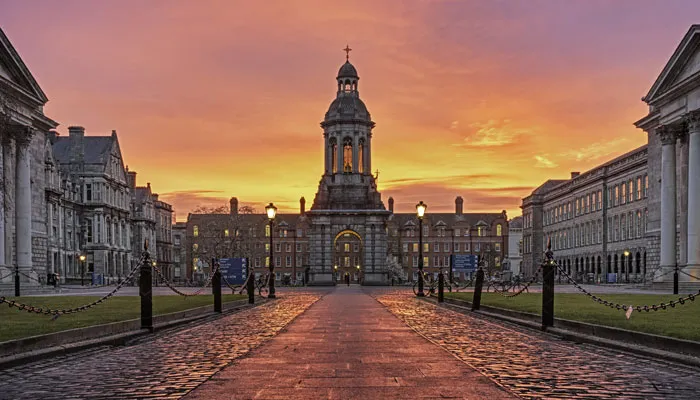
Scientists have explained new time and possible causes of large volcanic events that occurred millions of years ago and caused climate and biological upheaval so that they encouraged some of the most destroying extinction events in the history of the earth. Surprisingly new research, published today in the progress of leading international journal science, showing the slowdown of continental plate movements is an important event that allows magma to rise to the surface of the earth and give the impact of crushing knock-on.
The history of the earth has been marked by a large volcanic event, called a large frozen province (lips) – the largest of which has caused a large increase in carbon atmospheric emissions that warmed the earth’s climate, encourage changes in ecosystems that have never occurred before, and cause mass extinction on land and in the ocean. Using chemical data from ancient mud deposits obtained from a 1.5 km deep drill hole in Wales, an international team led by scientists from the Trinity College Natural Sciences School Dublin able to connect two main events from around 183 million years ago ( Toarcian period).
The team found that this time period, which was marked by some of the most severe climate and environmental changes ever, directly coincided with the occurrence of the main volcanic activity and the release of related greenhouse gases in the southern hemisphere, in a place now known as South Africa Africa Africa South southern southern southern southern southern Africa in southern southern southern Africa in the southern hemisphere, Antarctica and Australia.
In further investigations – and more importantly – the team’s reconstruction model helps them find the main fundamental geological process that seems to control time and the emergence of this volcanic event and others. “Scientists have long thought that the emergence of upwelling of liquid volcanic rocks, or magma, from far inside the interior of the earth, such as the coads of coats, is a combustion of volcanic activity like that but new evidence shows that the normal rate of continental plate movement from some of several centimeters per year Effectively prevent magma from penetrating the earth’s continental crust. “It seems that only when the speed of the continental plate movement slows to close to zero, magma from the fur of the mantle can effectively make the road to the surface, causing a large provincial volcanic eruption and related climate disorders and mass extinction.
“Most importantly, further assessment shows that the reduction of continental plate movements is likely to control the onset and duration of many major volcanic events throughout the history of the earth, making it a fundamental process in controlling climate evolution and life on the surface of the earth throughout the history of this planet. ” The study of the events of global changes in the past, such as in Toarcian, allows scientists to break down various processes that control the causes and consequences of changes in global carbon cycles and limit the fundamental process of the earth system that control the critical point in the earth’s climate system.


